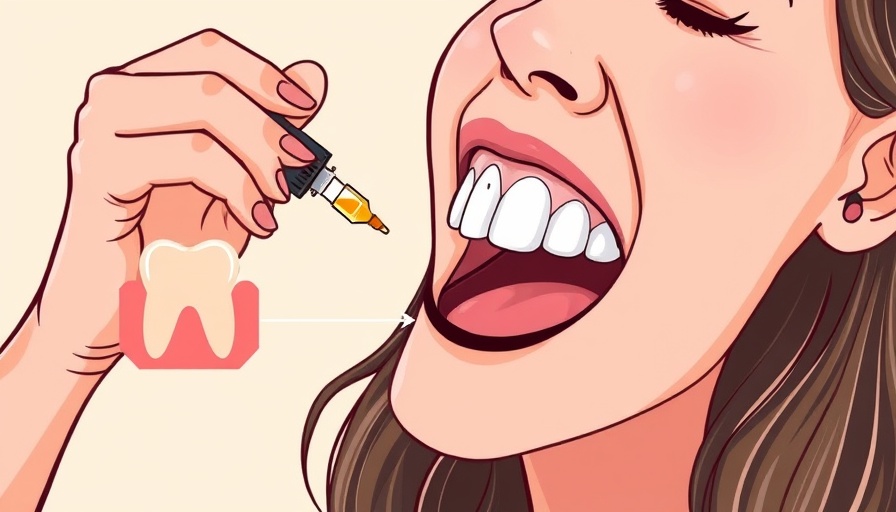
Rise of the Bird Flu: Understanding Its Origins
The story of bird flu, a virus that now threatens public health globally, began millions of years ago as a benign strain in wild ducks. It existed harmlessly, floating through the intestines of these birds without causing any major concern. However, the intertwining of human actions with the natural world has transformed this virus into a lethal strain, as elucidated by Dr. Michael Greger in his insightful book Bird Flu: A Virus of Our Own Hatching. This evolution showcases the complex relationships between wildlife and humans, ultimately culminating in the potential for pandemics.
Historical Context: The Human Impact on Nature
In his examination of the bird flu, Dr. Greger highlights how human activities, particularly through industrial farming, have paved the way for this virus to mutate and adapt. The rise of factory farms, where birds are kept in cramped conditions, has created the perfect environment for viruses to evolve. This historical precedent has led to heightened vulnerabilities not just for birds, but also for humans, illustrating how our actions can propagate animal-to-human diseases.
Preventing Future Pandemics: Lessons from History
Understanding the origins of bird flu is invaluable for preventing future outbreaks. Dr. Greger's research emphasizes the necessity for systematic changes in how we manage animal agriculture. Advocating for better treatment of livestock and sustainability in farming can mitigate risks associated with zoonotic diseases. The ongoing impacts of COVID-19 illustrate that the intersection of human and animal health must be harmonized, and preventative measures include re-evaluating our food systems.
A Glimpse into Emerging Pathogens
The recent uptick in bird flu cases brings urgency to the discussion surrounding emerging diseases. With new strains developing, scientists warn that they may exhibit higher transmissibility among humans. The H5N1 strain, for example, has already shown its capacity for mutation, raising alarms about its potential to cause widespread illness. Understanding these emerging pathogens and how they can lead to pandemics is crucial for global health security.
Human Behavior and Its Role in Virus Transmission
The frequency with which bird flu has surfaced over the years raises questions about our role in its transmission. Factors such as climate change, increased international trade, and human encroachment on wildlife habitats contribute to the conditions that facilitate viral evolution and spread. Recognizing the correlation between human behavior and viral outbreaks can guide public health initiatives aimed at curbing their occurrence.
Practical Insights: How Individuals Can Help
As individuals, we can play a role in mitigating the risks posed by bird flu and similar viruses. Simple yet effective practices include supporting local and sustainable farms, pushing for regulations that ensure humane treatment of animals, and reducing meat consumption where possible. Moreover, by staying informed about outbreaks and understanding their implications, we can better protect ourselves and our communities.
Conclusion: Taking Action Against Emerging Viruses
As we reflect on the nuances of bird flu and its human influences, it becomes clear that drastic changes are necessary to prevent future pandemics. This includes advocating for policies that protect animal welfare, rethinking how we source our food, and being vigilant about public health practices. As Dr. Greger continues to expand upon in his latest works, understanding our relationship with the natural world can be the key to ensuring our public health and safety. It’s imperative for all of us to stay informed and be proactive in preventing the next potentially devastating outbreak.
 Add Row
Add Row  Add
Add 




Write A Comment